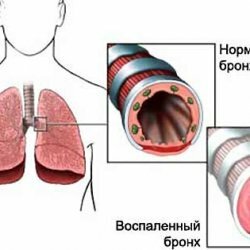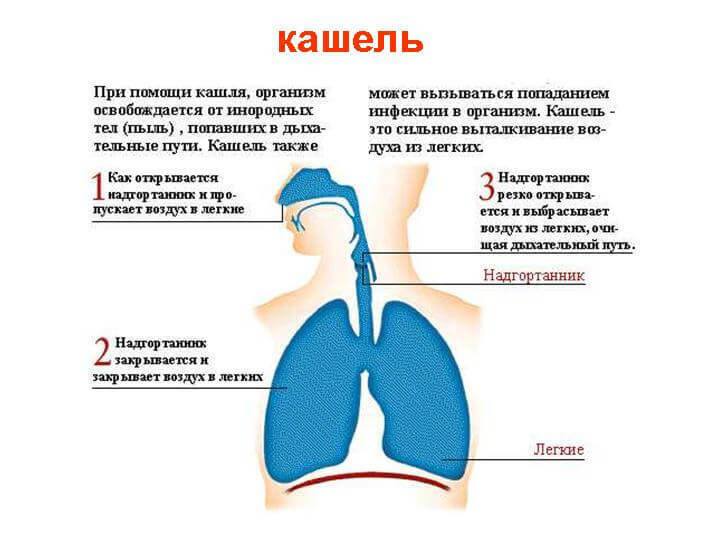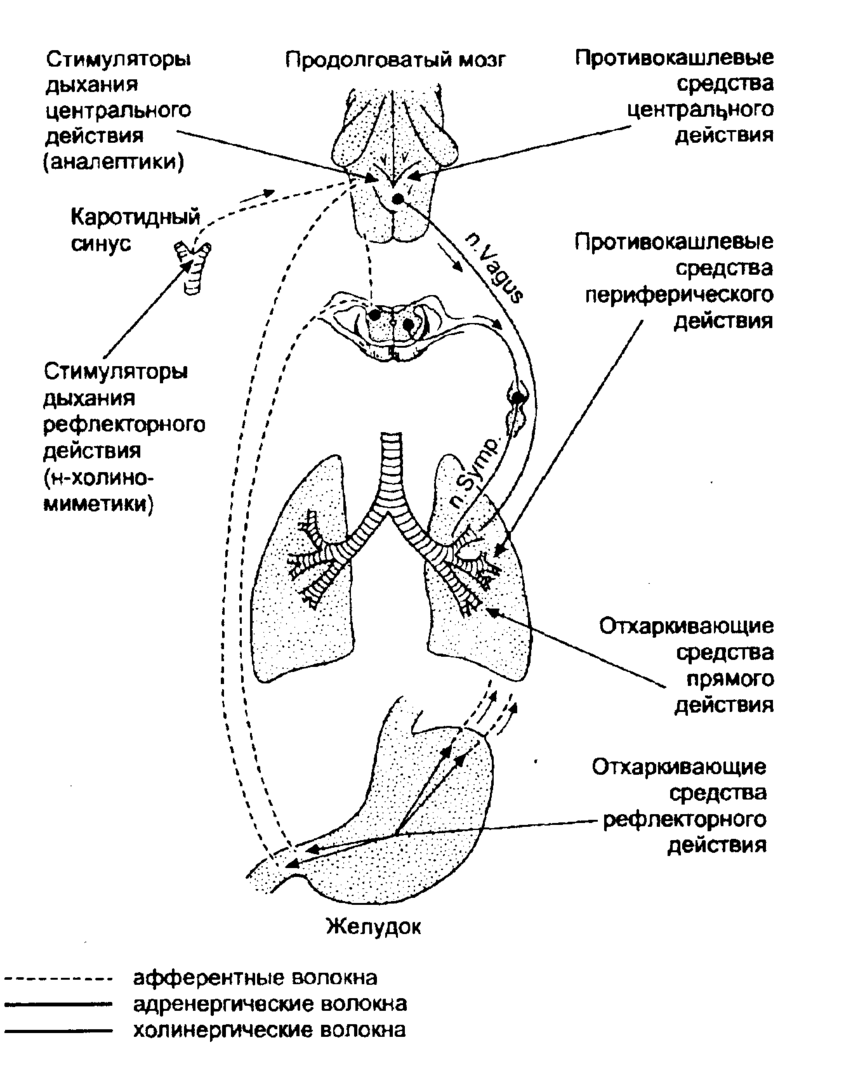Disease of berylliosis
 Berylliosis or Beryllium disease belongs to the category of occupational diseases, which is most often affected by workers in the space industry, the nuclear and aviation industries. It is caused by such a light metal, which has high strength and heat resistance as beryllium. In addition, the risk group includes workers in the metallurgical industry that produces copper-beryllium alloys.
Berylliosis or Beryllium disease belongs to the category of occupational diseases, which is most often affected by workers in the space industry, the nuclear and aviation industries. It is caused by such a light metal, which has high strength and heat resistance as beryllium. In addition, the risk group includes workers in the metallurgical industry that produces copper-beryllium alloys.
According to the norms, the maximum permissible concentration of this metal in the air should not exceed 0.001 mg / m3, since soluble beryllium compounds are toxic substances for the human body. Berylliosis develops slowly, in some cases within 20-30 years after the end of work with compounds of beryllium. Lives near businesses risk areas can also get sick.
There are two forms of the disease - acute and chronic. Acute - caused by soluble salts of beryllium, chronic - insoluble. The acute form begins with a sharp lesion of the conjunctiva of the eyes, catarrhal phenomena in the upper respiratory tract and so-called beryllium fever are attached to these symptoms, then the disease turns into a severe form - pneumonitis.
Chronic berylliosis is characterized by the appearance of granulomotous changes in the kidneys, liver, spleen, lymph nodes and on the skin. Upon contact of beryllium with damaged skin, granulomatous inflammation develops with the formation of long-healing wounds. The development of chronic berylliosis is secretive and asymptomatic, sometimes the development of the disease lasts for dozens of years.
The penetration of beryllium into the human body occurs through the respiratory tract or, to a lesser extent, through the skin. Everything depends on concentration. When beryllium hits the body of pregnant women, it is possible to penetrate metal particles into the placenta and then into the fetus. In nursing mothers, a child can get beryllium with breast milk. The excretion of metal from the body takes place through the intestines and kidneys.
Having got by means of respiratory ways in an organism, beryllium settles basically in lungs, and also in tracheobronchial lymph nodes, at greater doses - in bones and kidneys.
Symptoms of
In most cases, berylliosis develops gradually with the appearance of some weakness, fatigue. Somewhat later, a paroxysmal cough and shortness of breath is connected, both during walking and at rest. Patients lose weight - the loss within a few months can be up to 20 kg. The temperature rises to subfebrile, in the progressing stage and can reach up to 39C.
- During the examination, signs of respiratory failure are revealed - rapid breathing, cyanosis, changes in finger tips( get the shape of tympanic sticks), enlarged peripheral lymph nodes and ulnar nodes.
- With percussion, a boxed sound is detected, resulting from the loss of elasticity of the lungs. In the lower part of the lungs, wet rales are heard.
- From the cardiovascular system - muffled heart tones, there is an accent of the 2nd tone over the pulmonary artery. When the disease progresses, there is pulmonary hypertension, an overload of the right heart, and signs of heart failure increase.
- Radiographic examination shows pulmonary artery bulging and eventually increases the right border of the heart. In the lungs there are interstitial or small-spotted formations. From the degree of changes revealed by radiographic examination, Berylliosis is subdivided into 3 stages:
- On the liver side, it is enlarged with painful palpation and disruption of its operation. The spleen can also be enlarged.- Biochemical blood test shows an increased level of serum protein, neutrophilic leukocytosis with a stab shift, an increase in ESR.In the urine - beryllium.
Diagnosis of
It is quite difficult to diagnose berylliosis, since it has some similarities in clinical and radiological manifestations with other more frequent diseases. Therefore, it is very important when examining the patient to find out whether he had contact with beryllium.
The main method of diagnosis, confirming the presence of beryllium in the body, is a skin test with 1% beryllium chloride. Not so long ago, new methods for detecting antibodies to this metal appeared.
Differentiation of berylliosis is necessary from such diseases as sarcoidosis, carcinomatosis, Hammen-Rich syndrome, pneumoconiosis. Negative TB tests can exclude the diagnosis of miliary pulmonary tuberculosis.
Treatment of
Despite the severe course of the disease, berylliosis is treated, and in two or three weeks, if properly treated, full recovery may occur. In this disease, mainly corticosteroid drugs( median doses of prednisolone, cortisone, ACTH) are used, due to their immunosuppressive effects. Immediately after the beginning of treatment with these drugs, there is a significant reduction in catarrhal phenomena, dyspnea, hypoxemia and cyanosis. In patients with stage II and III stage of the disease, treatment is more prolonged and is usually 2-4 months. Treatment is performed first with the maximum doses of prednisolone, gradually reducing the dosage.1-2 times a year, you need to repeat the course to achieve a lasting effect. In the case of manifestations from the cardiovascular system, cardiac glycosides and oxygen therapy are prescribed.
In the event of damage to the upper respiratory tract, alkaline or oily inhalations are recommended. With inflammatory diseases in the bronchi and lungs - antibiotics, sulfanilamide preparations, bronchodilators - isadrene, ephedrine. Also used desensitizing drugs - dimedrol, calcium gluconate, tavegil. The earlier the treatment is started, the sooner the recovery will come. After the end of treatment treatment is shown at the resorts of Crimea or in the central part of Russia.
Prevention
Currently, the incidence of berylliosis has declined significantly compared to the 30-40th years of the last century, due to increased attention to health and safety. As a result of measures taken, exceeding the maximum allowable concentration limit at most enterprises is extremely rare. Nevertheless, it is necessary to conduct annual medical examinations of workers in industries in the risk zone. In addition, it is necessary to constantly monitor the thoroughness of the cleaning of premises from dusty beryllium particles, as well as to prevent contamination of the environment. Workers who have contact with this metal must have a separate room for food, a cloakroom and showers. If an employee has signs of berylliosis, he must be removed from work with transfer to another type of employment.
It is mandatory to use individual protective equipment - respirators, overalls, industrial gas masks.



